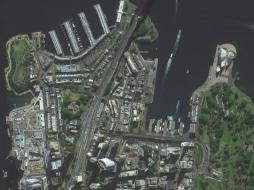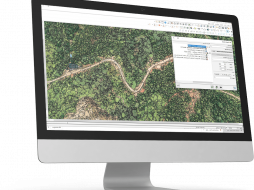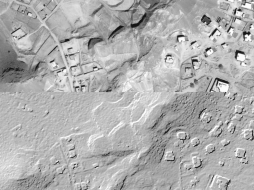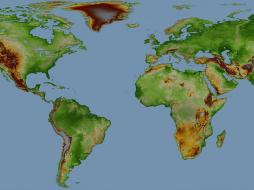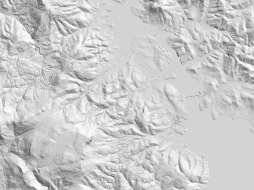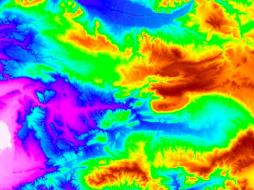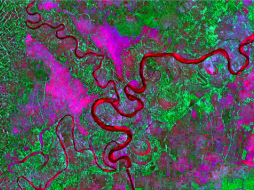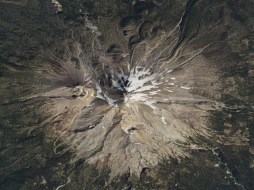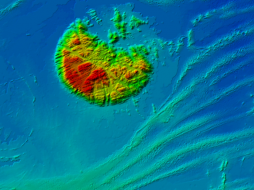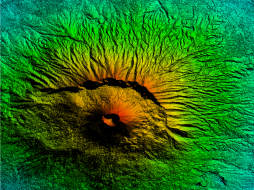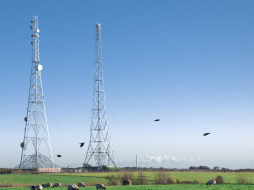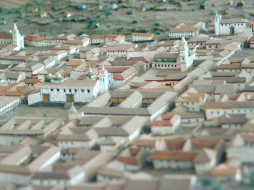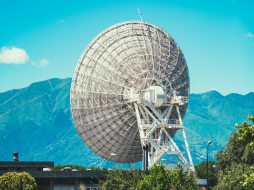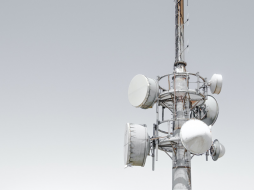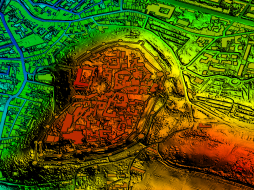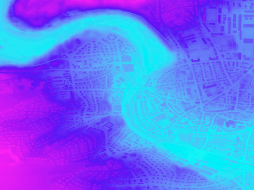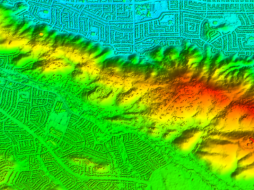Infrastructure
MAPSGEO sarl Do you need high-resolution imagery over a whole country or large area for your mapping project? Then 21AT Basemaps / LAM is perfect for the occasion. Since... | cloudeo Pre-installed latest GIS Mapping Software ArcGIS Pro on cloudeo`s Workbench supports data visualization; advanced analysis... | CATALYST - A PCI Geomatics brand Our rich set of capabilities are designed for today's top geospatial professionals in REMOTE SENSING. PHOTOGRAMMETRY and EARTH OBSERVATION SCIENCE. C... |
cloudeo You have a plan and budget right now, which needs geo resources like data, software, or cloud resources within the next year, but you do not know exactly?... | Airbus Defense and Space Elevation1 provides highly accurate up to 1.5m vertical accuracy at 1m grid spacing elevation information anywhere in the world, independent of relief and we... | Airbus Defense and Space Elevation30 is a unique worldwide 3D geographic reference database with a vertical accuracy down to 6m at 30m grid spacing specifically designed for large ar... |
Airbus Defense and Space Elevation4 provides highly accurate up to 3m vertical accuracy at 4m grid spacing elevation information anywhere in the world, independent of relief and weat... | Airbus Defense and Space Elevation8 provides highly accurate with vertical accuracy down to 3m at 8m grid spacing elevation information anywhere in the world, independent of relief a... | L3Harris Geospatial The Geospatial image analysis software used by GIS professionals, remote sensing scientists, and image analysts to extract meaningful information from satell... |
Hexagon Keep your high-resolution data locally with Hexagon Satellite imagery. Simply select your area of interest, the dataset you need, and get your data delivered... | Hexagon Keep your high resolution data locally with Hexagon Pixel Delivery. Simply select your area of interest, the dataset you need, and get your data delivered fa... | Hexagon The HxGN Content Program Streaming Aerial Imagery Service provides login-only access to an extensive online library of 30 cm and 15 cm (urban areas) ortho-re... |
Novlum Inc. The high-quality 30-meter DTM maintains the input Digital Surface Model (DSM) seamlessly and void-free with flattened water bodies. NakedEarth... | Intermap Technologies Provides seamless digital elevation data with data coverage for 40 countries at 5-meter resolution and reduces costs with time-limited licenses and no minimu... | Intermap Technologies The geo service NEXTMap Analytics – Profile provides quick and easy access to terrain profiles anywhere on the globe. Visualize the topograp... |
Intermap Technologies The geoservice NEXTMap Analytics – Value provides precise elevation information at any point in the world. Based upon highly accurate NEXTM... | Intermap Technologies The geospatial service NEXTMap Analytics – Viewshed provides instant 360° communications coverage map, visibility, and obstruction analysis... | Intermap Technologies Wireless network design and the installation of antennas requires an understanding of the best possible location and height of communication towers so that n... |
Intermap Technologies High-resolution terrain models give planners a reliable and accurate (one-meter resolution) planning tool to ensure the best possible assessment of a projec... | Intermap Technologies High-resolution terrain models give planners a reliable and accurate (one-meter resolution) planning tool to ensure the best possible assessment of a project... | Intermap Technologies NEXTMap One™ offers the most recent and up-to-date digital elevation models, with one-meter resolution, for every state in the US (excl. A... |


